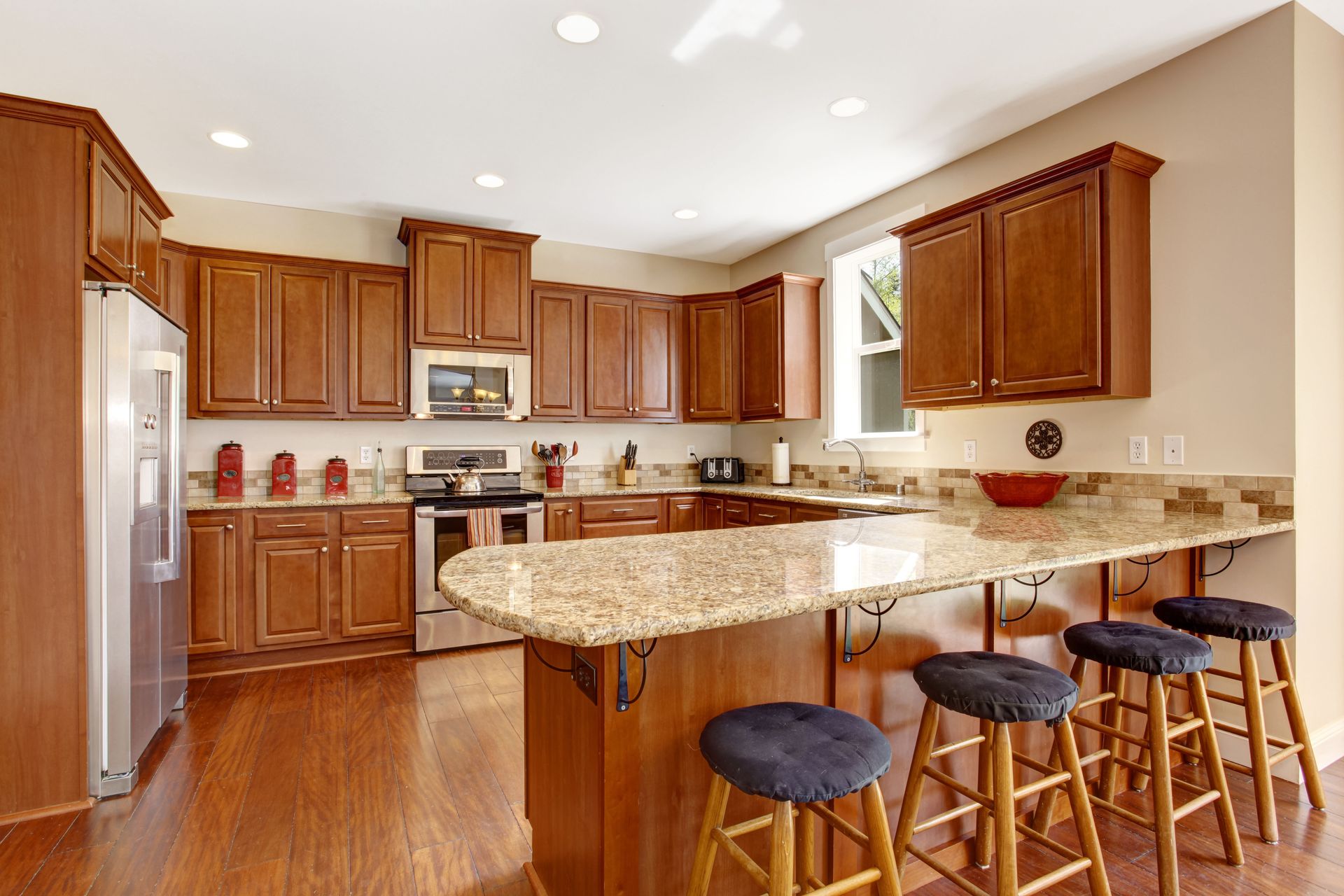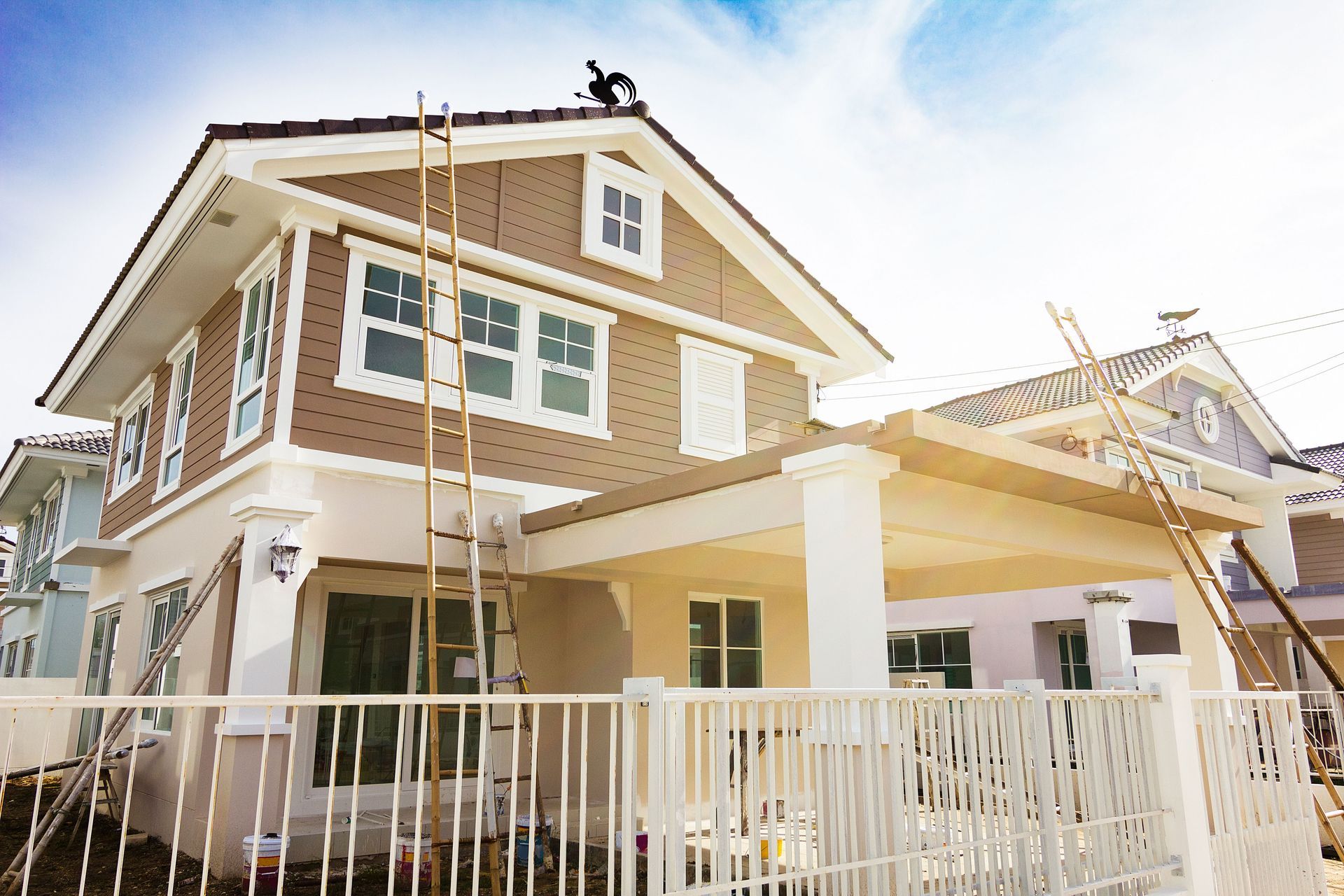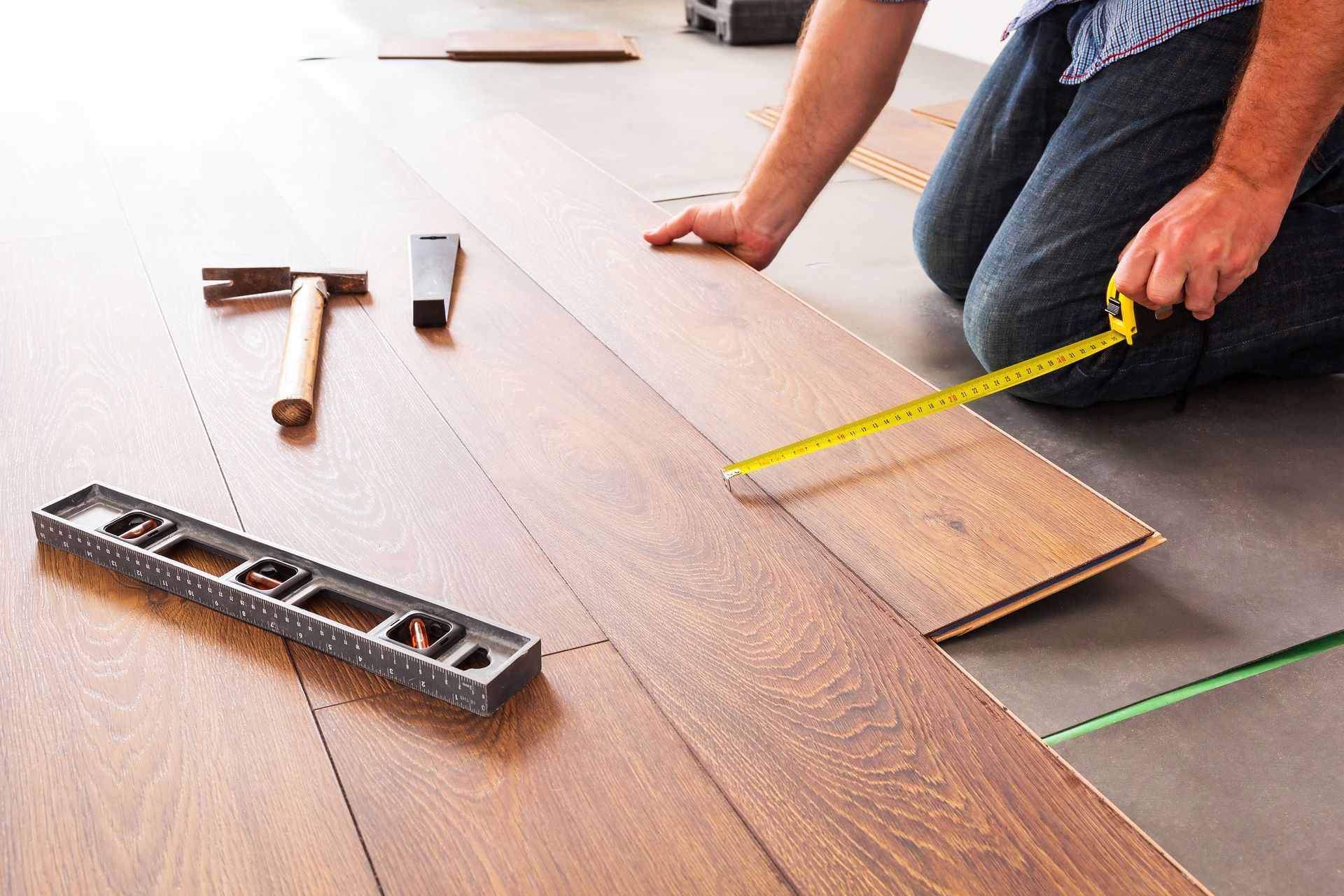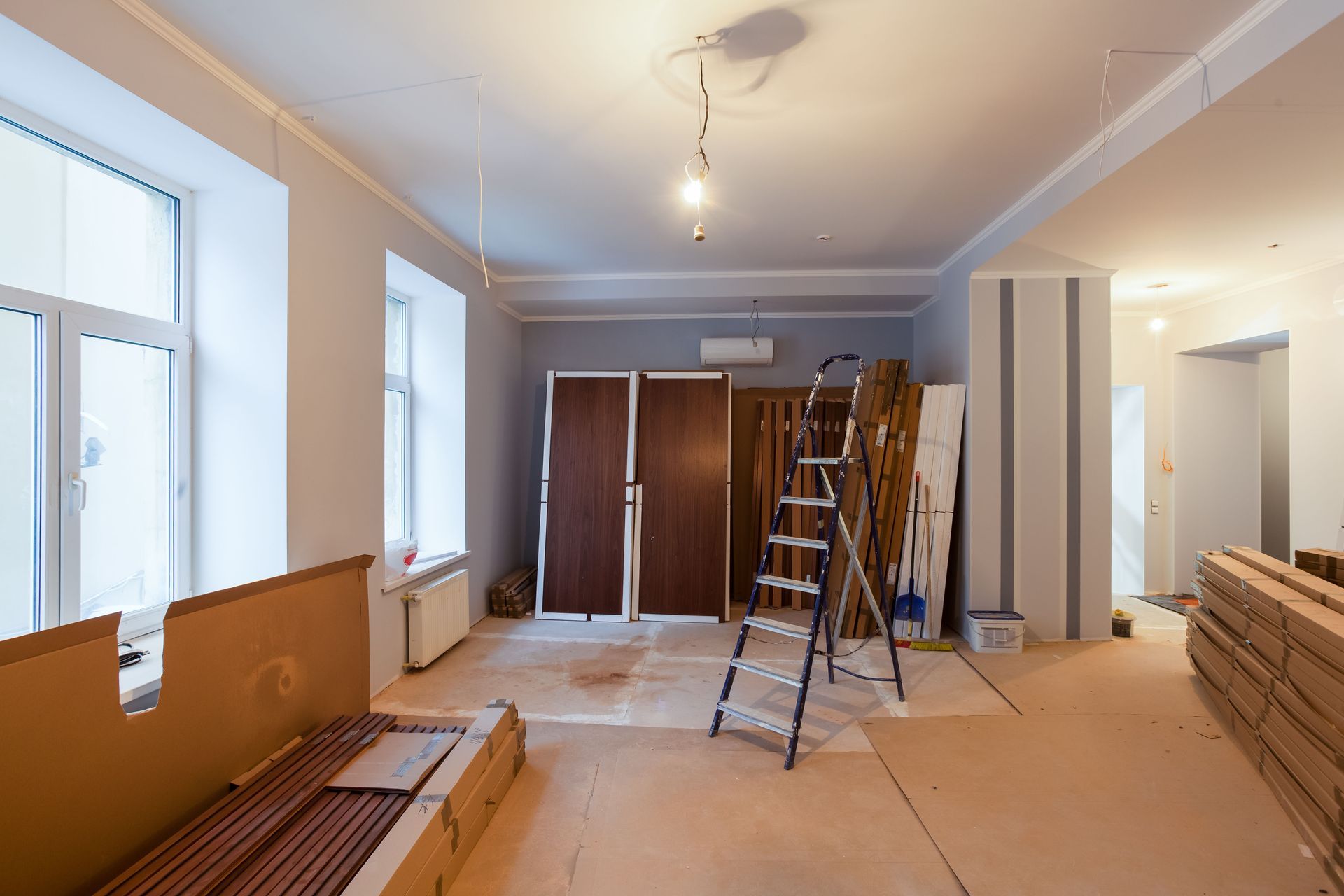Which Kitchen Upgrades Offer the Best Return on Investment?
The kitchen is often considered the heart of the home, not only as a hub of daily activity but also as a focal point in determining property value. Integrating the right upgrades in your kitchen can enhance both its aesthetic appeal and functionality, significantly boosting home value. This growing trend reflects the importance homeowners place on kitchens as investments that offer considerable returns. In this article, we will delve into which specific kitchen upgrades can maximize return on investment (ROI), making every penny spent worthwhile.
1. Cabinet Refacing and Replacement
Cabinetry significantly influences the look and feel of a kitchen, serving both practical and aesthetic functions. Well-designed cabinets can optimize storage space, facilitate better organization, and make kitchen workflow more efficient. From a design perspective, cabinets dominate the kitchen's visual plane, meaning their style directly impacts the overall kitchen decor. As such, investing in quality cabinets can substantially boost a home's market value, attracting potential buyers. Prioritizing cabinet upgrades aligns with many homeowners' goals for home improvement, including the 16% focusing on kitchen projects for 2024.
When it comes to upgrading cabinets, homeowners often face the decision between refacing existing cabinets or replacing them entirely. Refacing offers a cost-effective solution, involving replacing doors and veneers while retaining the cabinet frame, providing a fresh look without the full expense of new cabinetry. Meanwhile, replacement allows for a complete redesign and improved functionality, albeit at a higher cost. It's essential to weigh the benefits of a modernized look with refacing against the long-term investment and potential home value increase offered by replacement. Ultimately, both methods offer viable paths to enhancing kitchen appeal and market value.
2. Countertop Upgrades
Countertops are a highly visible and functional part of the kitchen, making the choice of material crucial for any upgrade. Granite and quartz remain popular options, known for their durability and elegant appearance. While natural stones like granite offer distinct beauty, engineered materials such as quartz combine strength with consistent patterns and colors. Each option carries its maintenance requirements and price points, important considerations in balancing aesthetic desires with practical needs. A well-chosen countertop material can serve as a statement piece while enduring the wear and tear of daily kitchen activity.
Choosing the right countertop for a kitchen involves weighing the cost against the potential benefits in terms of aesthetics, functionality, and added home value. Natural stones might present higher upfront costs, but their durability and timeless appeal tend to attract potential buyers, increasing resale value. Alternatively, more affordable options like laminate can emulate the look of stone at a fraction of the cost, appealing to those prioritizing budget. Conducting a thorough cost-benefit analysis ensures that the chosen countertop aligns with design goals and financial constraints. The right investment in countertops is a strategic move toward enhancing kitchen appeal and marketability.
3. Energy-Efficient Appliances
In modern kitchens, energy efficiency has become a key consideration, reflecting broader consumer shifts toward sustainability and cost savings. Energy-efficient appliances lower utility bills over their lifespan through reduced energy consumption, benefiting both the environment and the homeowner's wallet. This growing demand has bolstered the market for cutting-edge, eco-friendly kitchen technology. As the focus on reducing carbon footprints intensifies, the inclusion of energy-efficient appliances enhances not only daily convenience but also the overall value of the home. According to the Home Improvement Research Institute, 16% of homeowners planned kitchen remodeling projects for 2024.
There is a range of energy-efficient appliances available for those looking to reduce utility costs and enhance kitchen sustainability. These include options like induction cooktops, which offer quick heat-up times and precise temperature control while consuming less energy than traditional gas or electric ranges. Energy Star-rated refrigerators and dishwashers also promise significant savings and environmental benefits. Additionally, smart ovens and connected appliances provide convenience and further energy management features, appealing to tech-savvy homeowners. Choosing popular, efficient appliances supports a kitchen's economic and ecological goals, making them prudent investments for long-term returns.
Investing in energy-efficient appliances often involves weighing upfront costs against the potential for long-term savings. Although such appliances may have higher purchase prices, their operational efficiency results in lower energy use and utility bills, offering a beneficial return on investment over time. For instance, savings from an energy-efficient fridge or dishwasher can accumulate significantly over the years of use. These potential savings, combined with lower energy consumption and associated costs, make energy-efficient appliances financially appealing. When considering kitchen remodeling, understanding this cost-benefit dynamic is crucial for budget-conscious homeowners planning strategic enhancements.
4. Lighting Improvements
Lighting plays a vital role in kitchen design, affecting the overall ambiance, functionality, and safety of the space. Well-planned lighting can open up the area, highlighting architectural details and enhancing the sense of space, while poorly executed lighting can make a kitchen feel cramped and uninviting. Proper illumination is crucial for tasks like cooking and cleaning, emphasizing the kitchen's role as a productive workspace. Moreover, lighting also influences the emotional appeal of the kitchen, setting a mood that aligns with the homeowner's lifestyle and preferences. Investing in the right lighting solutions can greatly elevate the kitchen's appeal while contrasting well with other updated features to increase its value.
A well-lit kitchen typically incorporates a strategic mixture of task, ambient, and accent lighting. Task lighting focuses on areas where activities such as food preparation and cooking occur, offering direct illumination to enhance concentration and safety. Ambient lighting fills the entire space, creating an inviting environment and serving as the main source of light in the kitchen. Accent lighting adds a decorative element, highlighting features like backsplashes or architectural details to enrich the kitchen's visual interest. These different styles of lighting work together harmoniously to create a functional, aesthetically pleasing kitchen, increasing its overall desirability and appeal.
5. Backsplash Installation
A backsplash serves both a decorative and practical purpose in a kitchen, adding style and providing a barrier against spills and stains. These installations enhance overall kitchen decor by offering an opportunity to incorporate color, texture, and design while also protecting walls from moisture and food splatters. Well-chosen backsplashes create a focal point, adding depth and visual interest that elevates kitchen aesthetics. Practicality remains a critical consideration, as easy-to-clean materials meet the daily needs of busy kitchens. By blending style with function, backsplashes enrich kitchen environments, enhancing both usability and curb appeal.
Backsplash materials and styles offer a wide array of choices, each contributing uniquely to the kitchen's look and practicality. Tile, a popular choice, provides flexible design options through a range of colors, sizes, and textures, while materials like glass offer sleek, modern elegance and easy maintenance. Natural stone adds timeless beauty but requires regular sealing to maintain its resistant qualities. Metal backsplashes present a contemporary flair with high durability, appealing to modern design enthusiasts. Balancing aesthetics, durability, and cost is crucial in selecting the ideal backsplash material and style, ensuring both attractiveness and longevity.
Flooring costs can vary dramatically depending on material choice, size, and installation complexity, crucial for shaping upgrade budgets. Tiles often offer a wide price range based on material type, from affordable ceramics to premium mosaics or stones, affecting cost relative to the selected style. Kitchen remodeling rates also differ, with factors such as subfloor conditions or intricate patterns adding complexity and potential expense. Balancing material durability, style options, and associated costs with a strategic plan helps secure maximum impact for renovations. Understanding budget capacity and material benefits empowers homeowners to optimize both investment value and kitchen enjoyment through informed decisions. For more information about the services that we offer, reach out to our incredible team at PNJA Home Improvement and General Contractors today!





Share On: